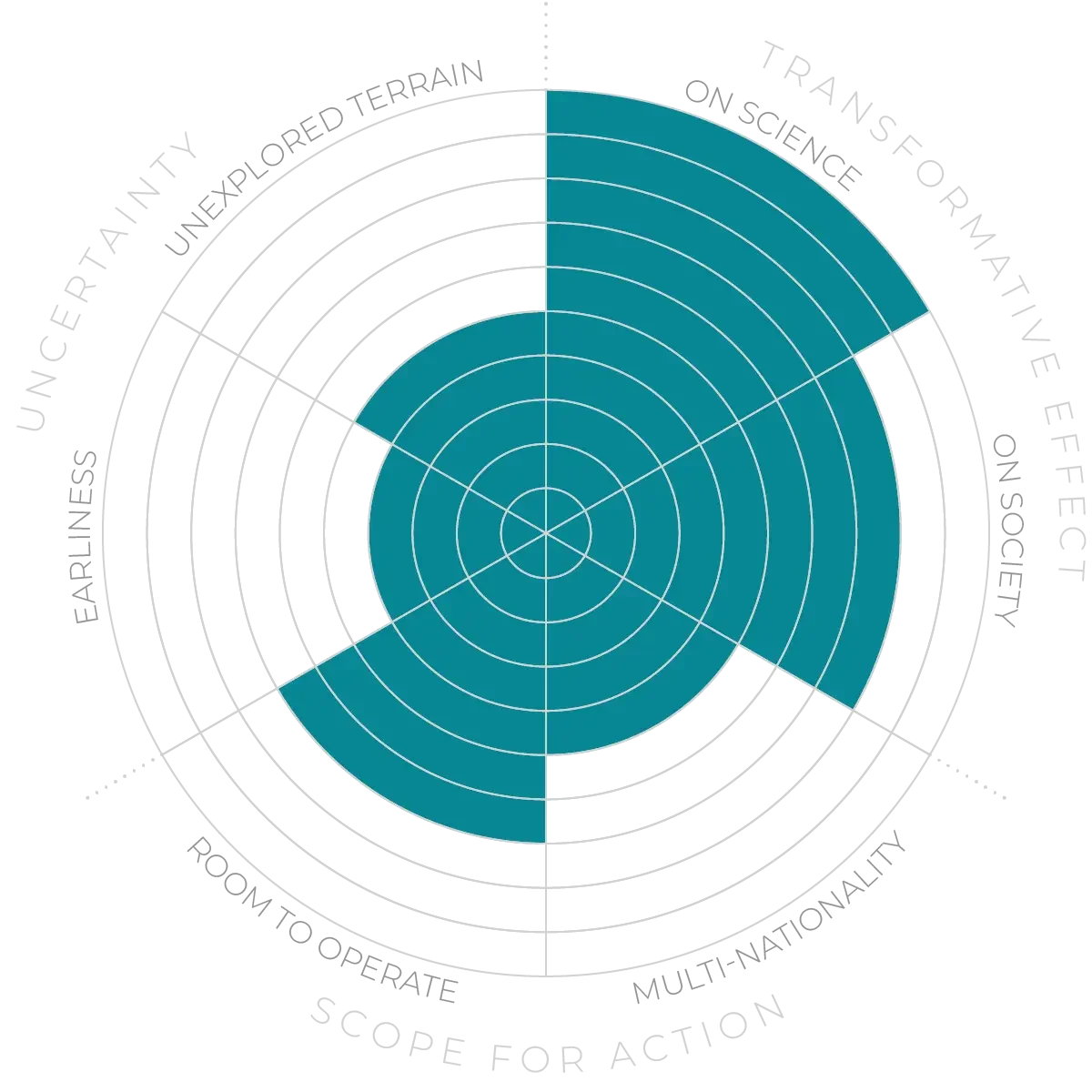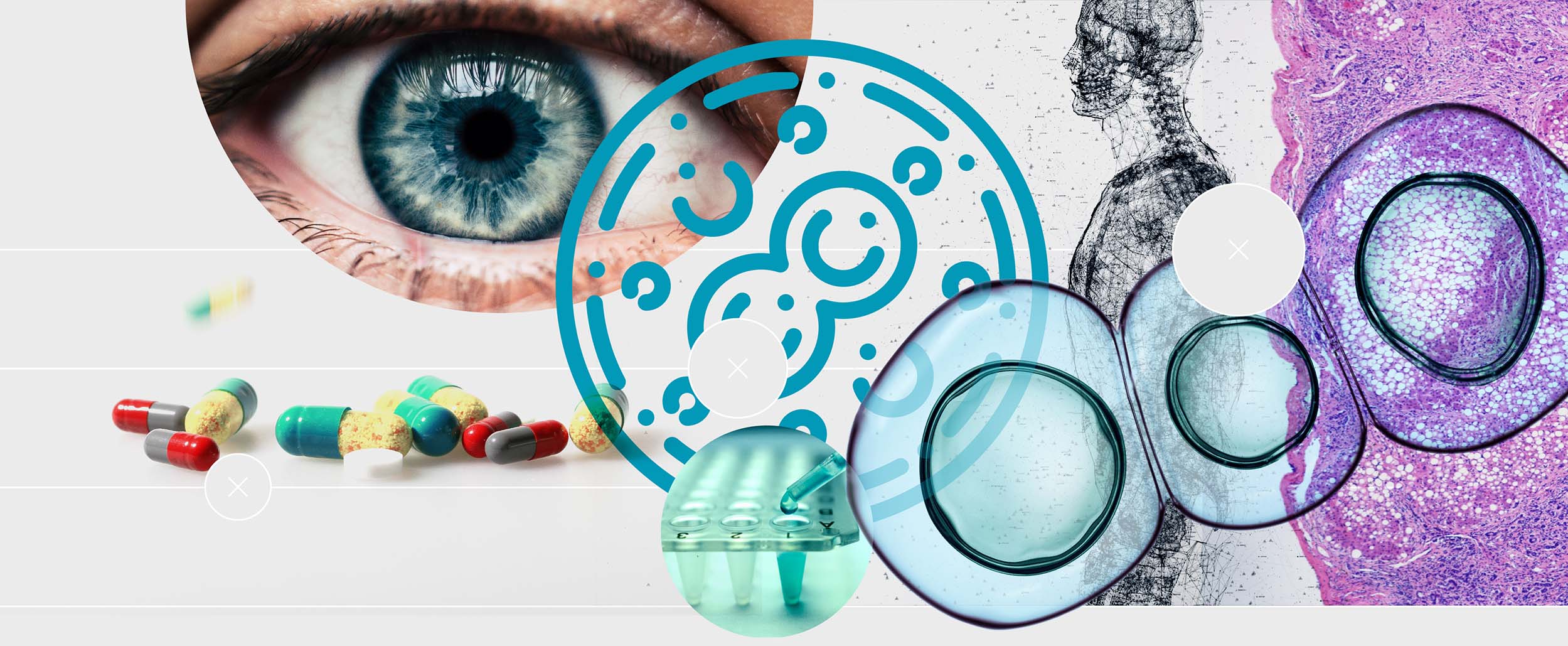Embryo-like structures or “model embryos” can be grown from embryonic stem cells,45 mimicking the behaviour and physiology of early embryos46 and offering a means to study the earliest stages of the development of human embryos.47
Future Horizons:
10-yearhorizon
Model-embryo research improves IVF outcomes
25-yearhorizon
Research gives better pregnancy-related treatments
Many unanswered foundational questions in biology — the mechanisms of cell differentiation48 and embryo implantation,49, for example — could be answered through the study of model embryos.50,51
By revealing the processes governing embryonic development, model embryos could enable the development of treatments for genetic diseases and certain forms of infertility. Considerable challenges must be overcome if this is to come to fruition: at present, it is difficult to make model embryos that are both high-fidelity and controllable.52 Model embryos would also benefit from a degree of standardisation.53 Digital twins of model embryos may enable us to improve our methods here.
Model embryos pose challenging ethical and regulatory questions because they blur the line between cell cultures and human beings. At present, researchers often deliberately simplify their model embryos: this ensures they stay within regulations, at the cost of limiting the insights that can be gleaned. The UK created new rules to guide model embryo research in 2024,54 but these will surely not be the last word on the matter. It may be necessary to reconsider legal norms around the beginnings of development55 and to create distinct regulatory systems for model embryos.56 Such regulations should also anticipate potential downstream developments, such as growing viable embryos from stem cells, and even “ectogenesis” — growing a human fetus entirely outside the womb.57
Model embryos - Anticipation Scores
The Anticipation Potential of a research field is determined by the capacity for impactful action in the present, considering possible future transformative breakthroughs in a field over a 25-year outlook. A field with a high Anticipation Potential, therefore, combines the potential range of future transformative possibilities engendered by a research area with a wide field of opportunities for action in the present. We asked researchers in the field to anticipate:
- The uncertainty related to future science breakthroughs in the field
- The transformative effect anticipated breakthroughs may have on research and society
- The scope for action in the present in relation to anticipated breakthroughs.
This chart represents a summary of their responses to each of these elements, which when combined, provide the Anticipation Potential for the topic. See methodology for more information.



